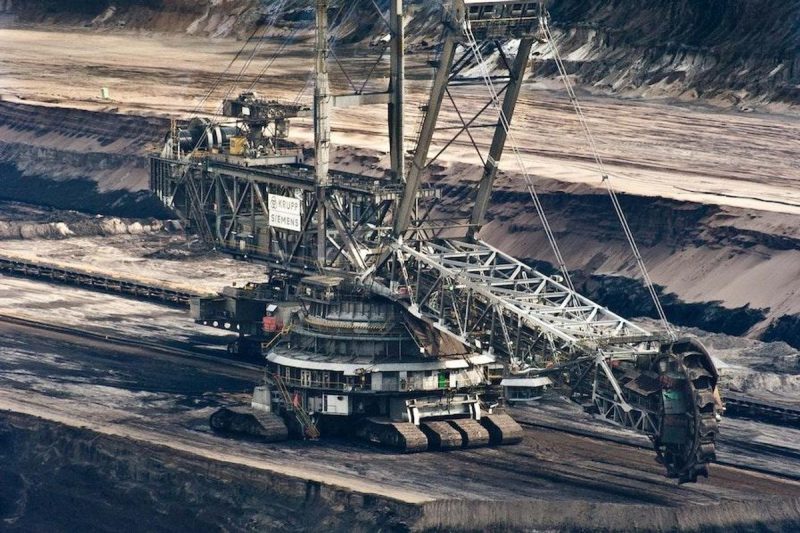Body:
Coal is a valuable fossil fuel that has been used for centuries. It is formed from the remains of plants that lived and died millions of years ago. Coal mining and utilization have evolved over time, leading to a better understanding of its different types and diverse uses.
In this article, we delve into the four main types of coal and explore the various ways in which they are utilized in different industries.
1. Anthracite Coal:
Anthracite coal is the highest quality coal. It is hard, brittle, and lustrous. Due to its high carbon content and low impurities, anthracite coal burns cleanly and efficiently. It is often used in domestic heating and as a raw material in the production of steel.
The steel industry heavily relies on anthracite coal for its high heat and carbon content, which aids in the smelting process. The use of anthracite coal also reduces the emissions of pollutants, making it a preferred choice in countries striving for cleaner energy sources.
2. Bituminous Coal:
Bituminous coal is the most commonly used type of coal. It is dense, black in color, and possesses a moderate carbon content. This type of coal is found in abundance across the globe and is used in a variety of applications.
One of the main uses of bituminous coal is electricity generation. By burning this coal in power plants, steam is produced, which then drives turbines to generate electricity. Bituminous coal is also used as a fuel in industrial processes, such as cement production and the manufacturing of chemicals like tar and synthetic fibers.
3. Sub-bituminous Coal:
Sub-bituminous coal has a lower carbon content compared to anthracite and bituminous coal. It is brown in color and has a higher moisture content. Sub-bituminous coal is a crucial source of energy, primarily used in electricity generation.
This type of coal is preferred in power plants due to its relatively low sulfur content, which helps reduce emissions of sulfur dioxide, a major air pollutant. Additionally, sub-bituminous coal is widely used in industrial boilers and as a fuel source in the production of cement and steel.
4. Lignite Coal:
Lignite coal is the lowest quality coal and is commonly referred to as brown coal. It is soft and crumbly, with a high moisture content and a relatively low carbon content. Lignite coal is abundant but has limited uses due to its properties.
Lignite is predominantly used in power plants, but its low energy content and high moisture make it less efficient than other coal types. However, advancements in lignite coal processing technologies have enabled its use in gasification processes, resulting in the production of synthetic natural gas and various chemical byproducts.
In conclusion, the four types of coal – anthracite, bituminous, sub-bituminous, and lignite – each have distinct characteristics that determine their usability. While anthracite coal is sought after for its high heat and carbon content, bituminous coal is extensively used in electricity generation and industrial applications. Sub-bituminous coal is favored for its lower sulfur content, aiding in emissions reduction, while lignite coal, despite its limitations, is finding new applications through technological advancements.
Understanding the different coal types and their uses is essential in making informed decisions regarding energy sources, as countries worldwide strive for a sustainable and greener future. By embracing cleaner technologies and maximizing the potential of each coal type, we can reduce environmental impact and meet the energy demands of tomorrow.



























